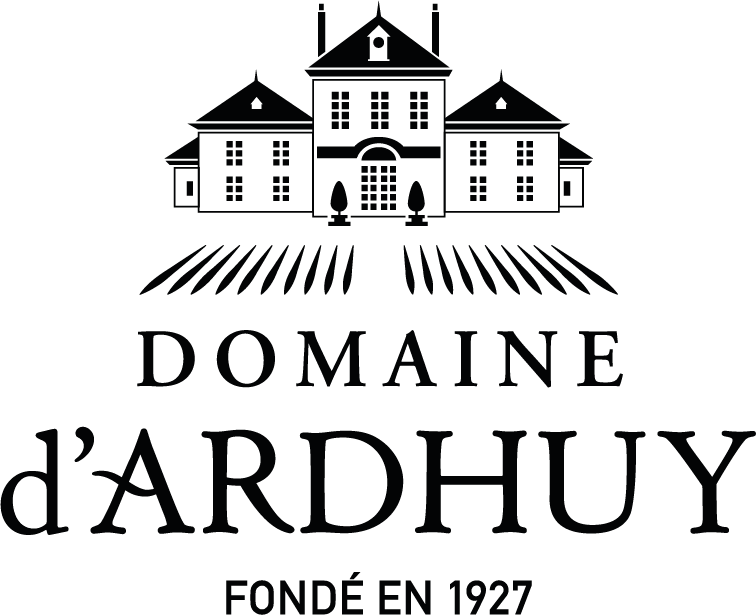1700 to 1920
A MYTHICAL CLOS THAT BELONGED TO THE NOBILITY IN BURGUNDY. BETWEEN RECOGNITION AND CHALLENGES

To illustrate the importance of the terroir potential of our celebrated vineyard , Le Clos des Langres has been endowed over the centuries with a rich technical heritage—some of which is still in use today. This emblematic site was owned by prominent noble families of Burgundy from the early 17th century to the early 20th century. Across successive generations these families contributed greatly to the enduring renown of this gem of a vineyard. Despite numerous crises—such as the Phylloxera epidemic of the late 19th century and the Great Depression of 1929—Le Clos des Langres has continually risen from the ashes. It remains a powerful symbol of the resilience and determination of our family, now the guardians of its destiny.
The earliest known structure on the estate is a fortified house built in the mid-15th century. Around the end of the 17th century, magnificent vaulted cellars were carved out of the ground—cellars we still use today to age our wines. The site is also home to a monumental pressoir à perroquet (parrot or squirrel lever press), dating back to the late 18th century and listed as an historic monument. The exceptional history of this place echoes daily in our minds—and in those of every visitor who joins us for a tasting and a journey through time.
A brief history
Due to the distance between the Bishopric of Langres and Corgoloin, the day-to-day management of Clos des Langres proved challenging. From the 16th century onward, the Dijon nobility of the Ducal Court of Burgundy, eager to benefit from the prestige of Burgundy wines, began acquiring long-term leases on ecclesiastical properties. While the complete history of Clos des Langres is difficult to trace with precision, a few key milestones are well documented.
The de Macheco family, originally from Brittany, settled in Burgundy in the 15th century. One of its members became Marquis de Prémeaux, the first lay owner of Clos des Langres. It is under his stewardship that the first written mention of our Monopole appears—in 1753, to be exact. The pressoir à perroquet wine press probably dates from this same period.
Between 1815 and 1820, ownership passed to the Carrelet de Loisy family, a distinguished, noble family who owned over 3,000 hectares in Burgundy (c.7,400 acres)! The Clos des Langres is documented in the Napoleonic land register, and in 1855, it was ranked as a Première Cuvée by Jules Lavalle in his reference work “Histoire et Statistiques de la vigne et des grands vins de la Côte-d’Or.” He described the wines as follows: “They have body, colour […] and can be compared to the top cuvées of many more renowned villages.”
Tragically, in 1879, the vineyard was devastated by Phylloxera, and Clos des Langres, nearly abandoned, was put up for sale around 1890.
It was purchased by the Montoy family, a dynasty of wine merchants from Beaune. Arthur Montoy, born in 1842, was a man of many talents and a key local figure—passionate about painting, heritage (he played a major role in the restoration of the Hôtel-Dieu Hospices de Beaune), politics, and science. He gave several lectures on fermentation and even invented tools to improve wine quality. He is also credited with initiating the first restoration of the manor house. Unfortunately, he had to face the Great Depression of 1929, which ultimately forced the sale of the estate.
